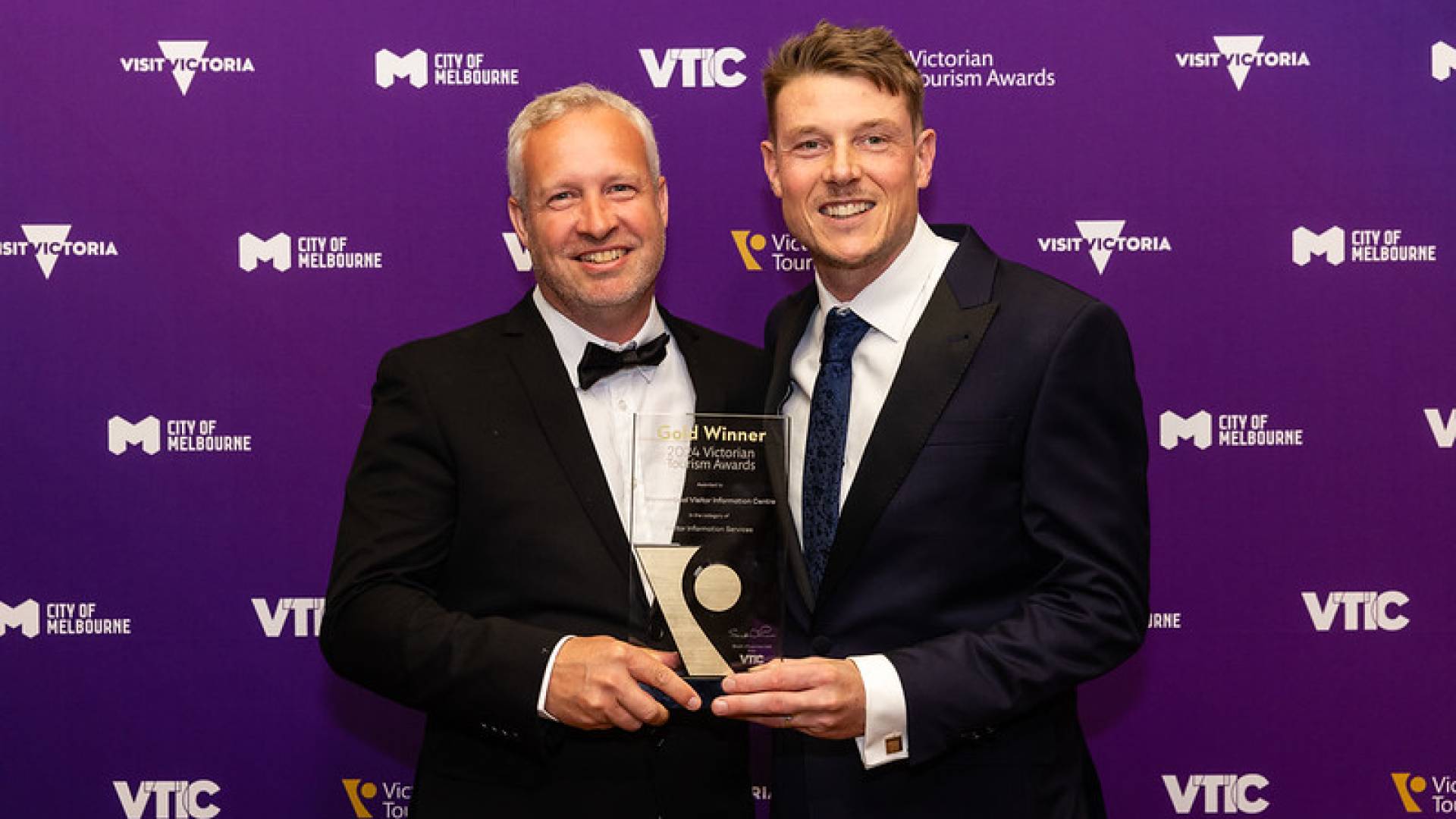For more than 50 million Americans, – in – proposition. Many rural communities . People of color and those with disabilities , and only about one-third of dentists .
Author
- Donald Chi
Professor of Oral Health Sciences, University of Washington
That’s why dental therapists – professionals who don’t have a full dentistry degree but are trained to provide basic dental care – are becoming increasingly popular. Dental therapists are now , and they focus primarily on underserved populations.
, a pediatric dentist and professor of oral health sciences at the University of Washington, explains the kind of training that dental therapists receive, the critical need for them throughout the U.S., and how they have affected the communities they serve.
The Conversation has collaborated with SciLine to bring you highlights from the discussion, which have been edited for brevity and clarity.
Who lacks adequate dental care in the U.S.?
Donald Chi: Low-income people often have difficulty . That population includes racial and ethnic minorities, people with disabilities or special health care needs, and people in rural areas who live a long distance from a dental office.
What are some of the effects of poor oral health?
Chi: Oral health touches . To eat, to socialize, to hold a job and to learn, you need your teeth, and you need them to be healthy.
Painful cavities can get in the way of sleeping, chewing your food and your employment. Imagine if you had missing teeth in the front of your mouth because you had them removed because of large cavities. There are numerous studies that show that people missing their front teeth . Both the pain and aesthetic aspects of poor oral health can really create problems.
What are dental therapists, what training do they receive, and what services do they provide?
Chi: Dental therapists are a lot like physician assistants. They’re not full-fledged dentists, but they’ve received enough training to provide a limited set of dental procedures. Dental therapists typically get anywhere from two to four years of training after high school, and they’re .
Dental therapists can administer cleanings and fluoride treatment as well as , that is, coatings that protect your teeth from bacteria. And they can do some relatively simple procedures – for instance, small fillings and simple tooth extractions. But dentists are still needed for more complex treatments: bigger fillings, complicated tooth extractions, root canals, crowns and dentures.
Dental therapists are not substitutes for dentists. Dental therapists have a limited scope of practice, but that scope is critical.
In a community with lots of unmet dental care needs, dental therapists can put out small fires. Dentists can then focus on putting out the big fires. It’s a team-based effort – dental therapists work with dentists to make sure that all of a community’s needs are met.
In 2006, Alaska became the first state to authorize dental therapists. What did your research reveal about how Alaska’s plan worked?
Chi: What we found is that Medicaid recipients, both children and adults, were less likely to have teeth removed after the authorization of dental therapists. This meant that , and they were more likely to get preventive care, like fluoride treatment and cleanings.
What other lessons have you learned from other states with dental therapists?
Chi: The rest of the 13 states that have authorized dental therapists have dental therapy programs that have been running for fewer than 20 years, which is about how long Alaska’s program has run.
But we’ve seen data out of Minnesota showing that Medicaid enrollees were more likely to get dental care . And we see similar types of outcomes . To see this almost immediate impact has just been remarkable.
Besides visiting the dentist, what other ways can people promote good oral health?
Chi: is a great way to promote oral hygiene, maintain tooth enamel and reduce the likelihood of gum disease.
I realize healthy eating can be hard because of the limited availability and the relatively high costs of healthy food. But minimizing the amount of sugar in your diet and staying away from juice and sugary beverages are both good ways to protect your teeth.
Brushing twice a day with a and drinking fluoridated water will also maintain good oral health.
Watch the to hear more.
is a free service based at the American Association for the Advancement of Science, a nonprofit that helps journalists include scientific evidence and experts in their news stories.
![]()








